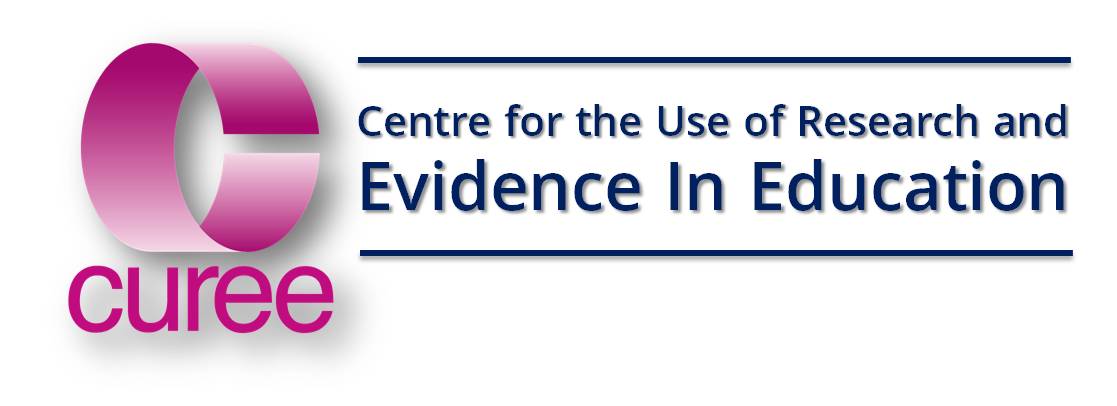The National Teacher Research Panel was set up about 15 years ago by CUREE supported by a group of national education agencies most of which no longer exist. It had three main goals:
- To ensure that all research in education takes account of the teacher perspective
- To ensure a higher profile for research and evidence informed practice in government, academic and practitioner communities
- To increase the number of teachers engaged in and with the full spectrum of research activity.
Over the several years of its existence, the Panel, supported by its expert advisers in CUREE, has helped and encouraged dozens of teachers and school leaders to do high quality but practical research. The Panel also helped them report their findings succinctly, in plain English and focused on relevance to other practitioners. This is one such example of that work.
In response to the popularity of our TLA research summary about Lev Vygotsky, we decided to feature the work and contemporary relevance of another influential educational thinker - Jerome Bruner (1915- ).Bruner has made an enormous contribution to our understanding of the education process. As a professor of psychology at Harvard, he was particularly interested in the cognitive development of children and what appropriate forms of education might be. His 'landmark' text, The Process of Education (1960) revealed his particular view of constructivism - the theory that learners actively construct their own knowledge based upon the things they know now and have known in the past.Bruner's view of teaching and learning was influenced by research studies conducted by other American psychologists, which were beginning to show a shift in emphasis - from exploring the transfer of specific skills to exploring the value gained from training such 'faculties' as analysis, judgement and memory. Their studies were showing that general 'transfer' could be achieved by appropriate learning, even to the extent that learning properly led to 'learning how to learn'. Bruner argued that in order to enable the transfer of thinking processes from one context to another, children needed to learn the fundamental principles of subjects rather than just master facts. He advocated learning through enquiry, with the teacher providing guidance to accelerate children's thinking, and recommended that the early teaching of any subject should emphasise grasping basic ideas intuitively. After that, he believed, the curriculum should revisit these basic ideas, repeatedly building upon them until the pupil understands them fully (the spiral curriculum).Bruner commented in his preface to the revised edition in 1977, that his view of teaching and learning was out of step with the dominant view in education at the time his book was first published. But it struck a chord with many and had a direct impact on policy formation in the United States. Today, constructivism is widely considered an important model of effective teaching practice, and Bruner's ideas underlie many contemporary approaches and practices, such as thinking skills and assessment for learning. Bruner organised his ideas in The Process of Education into four key themes:
the role of structure in learning and how it may be made central in teaching
readiness for learning
intuitive and analytical thinking
motives for learning.
In this summary we explore the ideas for teaching and learning that Bruner put forward nearly half a century ago and draw out the messages for today's teachers and leaders. The case studies we have chosen show the applicability of Bruner's ideas in current school settings. We think practitioners will find exploring the theory underpinning effective classroom practices makes a useful basis for professional development by providing a focus for reflection and action.
File attachments:
Document section:
